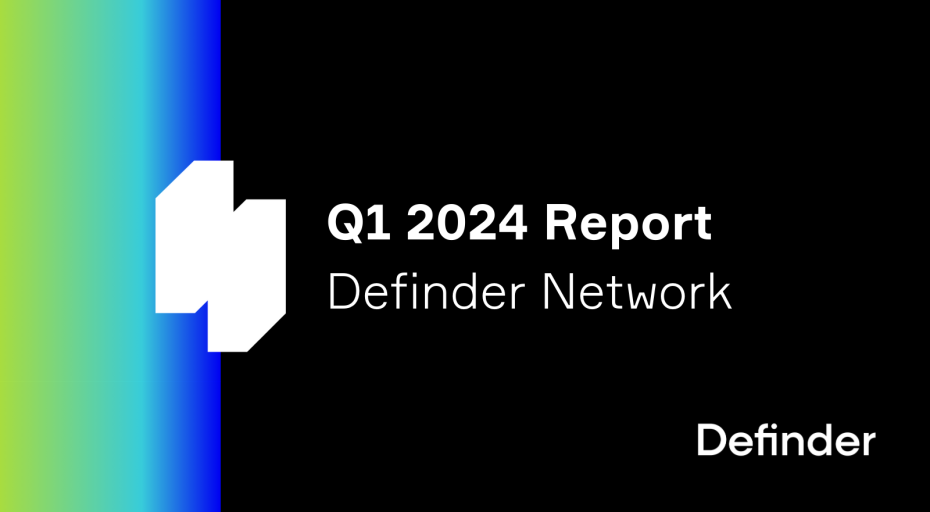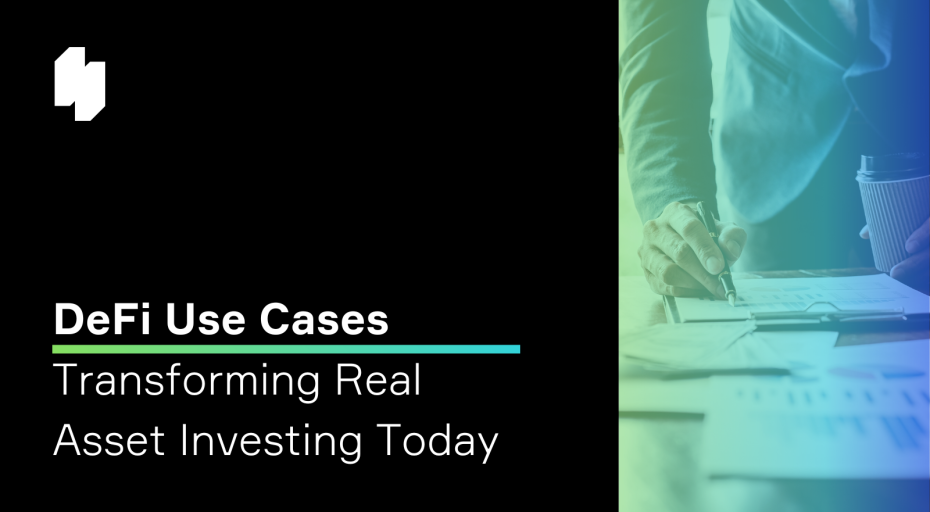Smartlands Economics: The Misunderstood Value of Utility
Ecosystems based on blockchains are diverse and complex. Faced with a variety of structural issues that have sprung in the past two years, the methodology of evaluating the various types of tokens compared to the actual value they represent needs to be considered carefully.
Unlike legacy businesses, Smartlands worked very hard on developing a business model of its own; therefore, if we base Smartlands valuation on the methodology for traditional companies (price-to-earnings or EV/EBITDA ratios, or even industry-specific methodology like EV/User), yielded results are likely to be incorrect.
As an ecosystem for issuing digital securities (security tokens), Smartlands is at the offset of an emerging global digital securities market and, at the moment, has a low cash flow, since the security tokens themselves ensure the flow of value. The primary source of revenue for Smartlands is the fee from the STO issuers and investors while the native token SLT carries a function limited by its utility.
In the case of Smartlands, it’s highly unreasonable to evaluate the project by looking at the price of its utility token; utility tokens are issued to allow the network to exchange value and develop its infrastructure in which the tokens themselves are not an object of investment. The token’s functional value is particularly challenging to determine because of the amount of data (often subjective) which influence valuation. Therefore, the flexibility of the SLT tokenomics is a feature specifically implemented to allow the Platform to operate at any price level; neither very low nor very high price for the token will impede the functioning and further development of the Platform.
Another reason we shouldn’t be looking at SLT too hard when trying to attribute Smartlands a specific value is that in the current market conditions, it is difficult to estimate the fair price of SLT, as the “utility token” in itself is a relatively new concept. In some cases, it has been overused, in others discredited altogether to the extent of complete loss of trust in the entire ecosystems. This makes it almost impossible to analyse the behaviour of utility tokens in the past outside the volatility cycle determined mostly by speculation and the mood swings within the cryptocurrency traders community.
The basic idea behind SLT was to provide an anchor, a rallying point for our community-driven ecosystem. However, at the formative stage of Smartlands, more centralised management proved to be appropriate for the speed of decision making and conservation of resources, so this component has not yet manifested itself sufficiently.
Smartlands, as a security token issuance platform and an upcoming global digital banking ecosystem, derives its value based on parameters entirely different from the price of the Platform’s utility token:
- Proprietary technology potential same-stage, or in many cases ahead of the closest competitors
- Anticipated revenue growth of the Smartlands Platform Marketplace for the 5-year schedule
- The value of projects in the pipeline as well as current and potential partnerships
- Unit economics and market potential of Smartee – the revolutionary digital banking service
- New opportunities continuously opening in diverse jurisdictions worldwide due to globalisation
As you can see, the speculative nature of the valuation of SLT derived from the impact of trading the token on cryptocurrency exchanges should in no way be perceived as a reliable proxy for value of the entire Smartlands/Smartee ecosystem. At this point in the crypto space, it’s a common practice that valuations of utility tokens are based on a purely technical analysis of price curves, rather than a thorough examination of the ecosystems on which the tokens are based.
We believe that the economics of the Smartlands ecosystem is based on a sound idea. Still, users will be able to fully appreciate it only after the full technological potential of Smartlands is realised. One must keep in mind that asset tokenisation remains nascent and that there is little or no history of industrial-scale valuations of companies that have fractionalised an asset successfully by distributing digital shares both inside their networks and globally. In fact, Smartlands’ recent STO is one of the very few actionable use cases in the space. Given that the Platform is designed to handle dozens of offerings at a time, it’s fair to compare Smartlands with the human brain whose capabilities, though well understood, are in no way yet utilised by our species. The creation of a functional system for capitalisation of those capabilities on Smartlands and Smartee (once fully realised) remains our number one priority.




